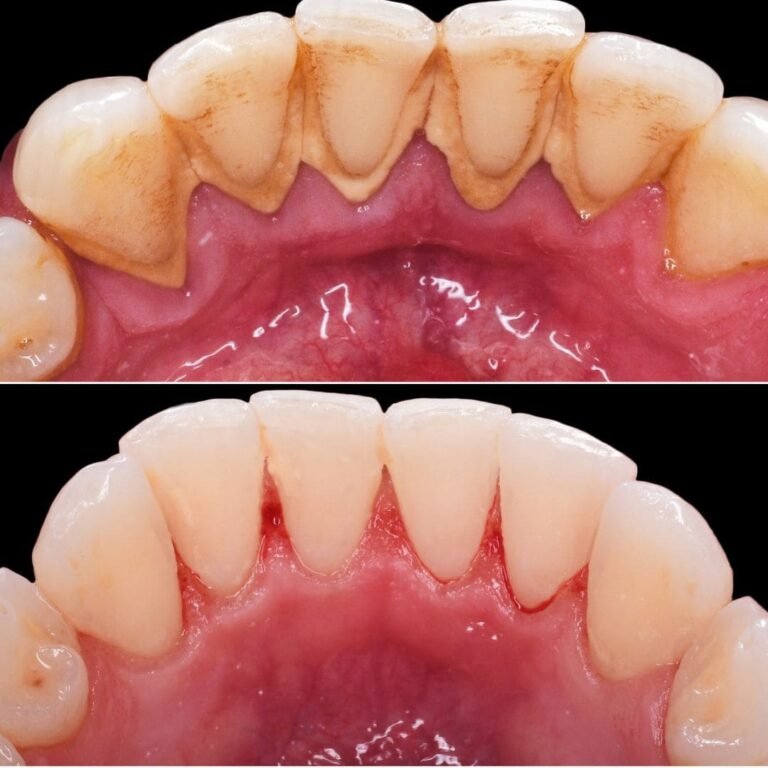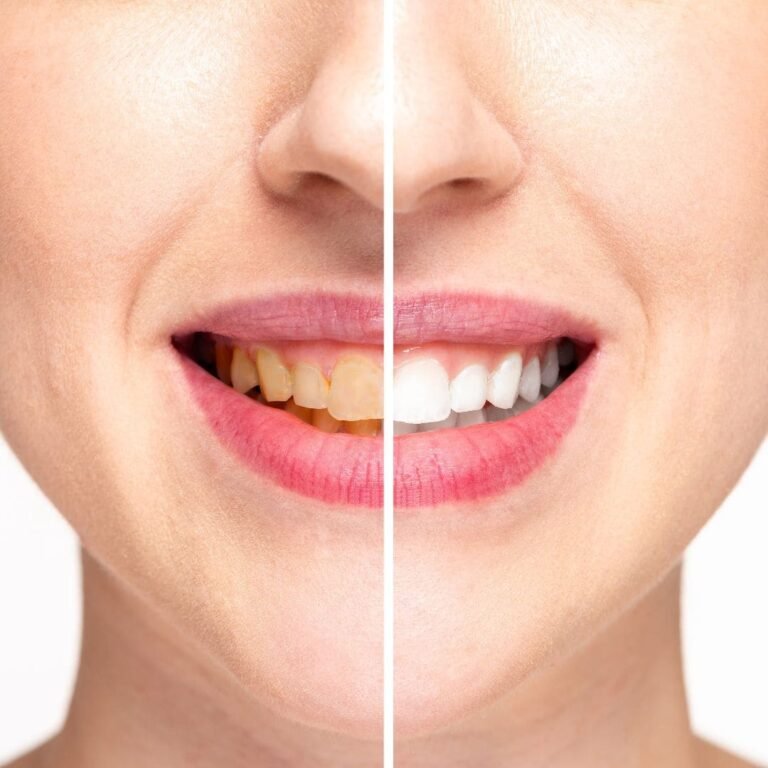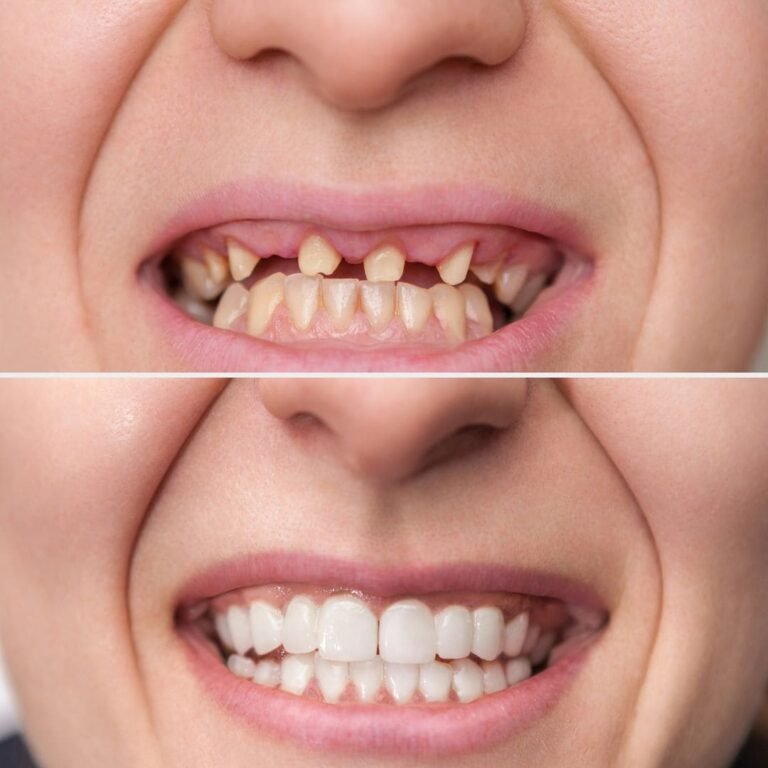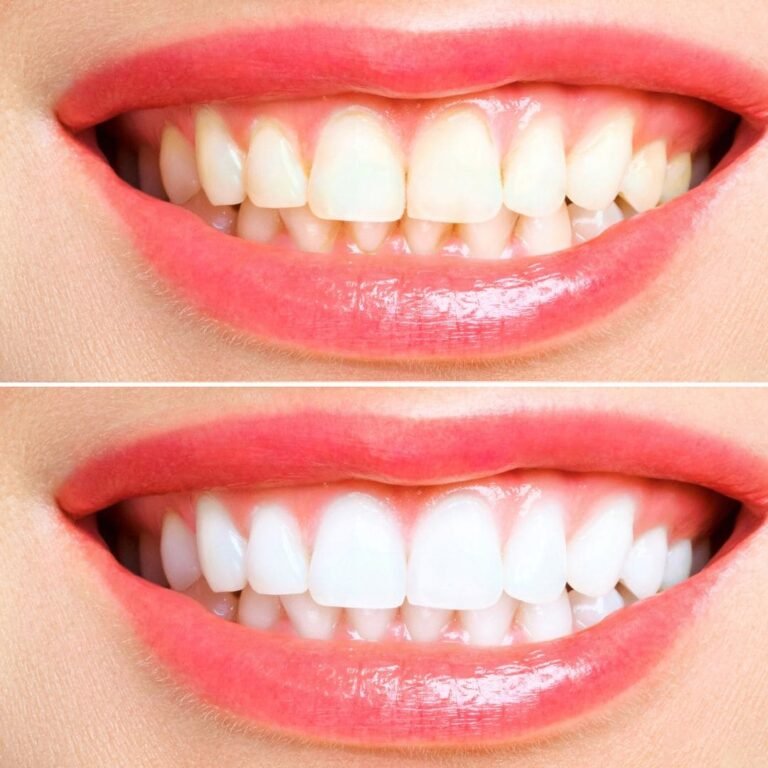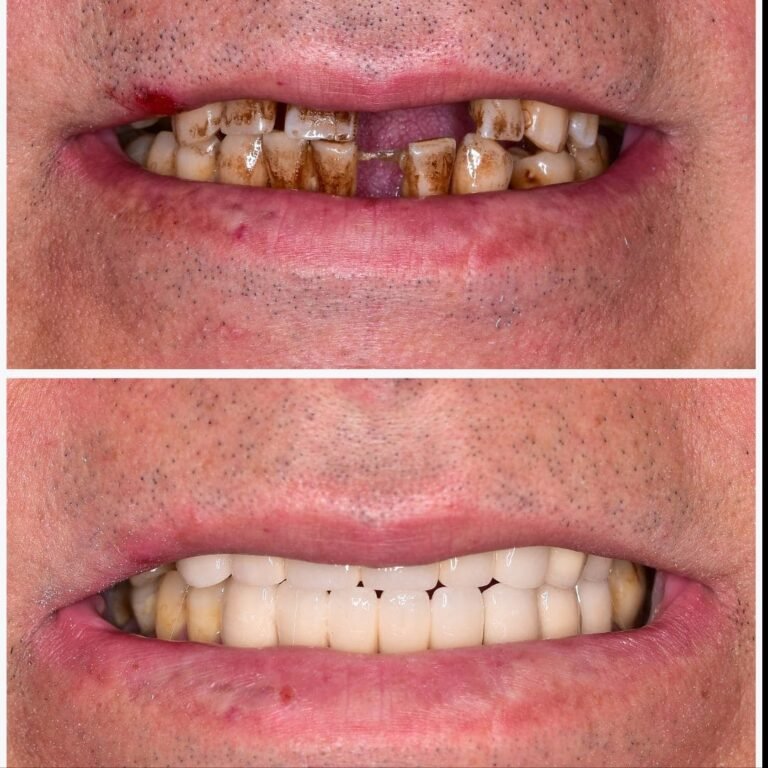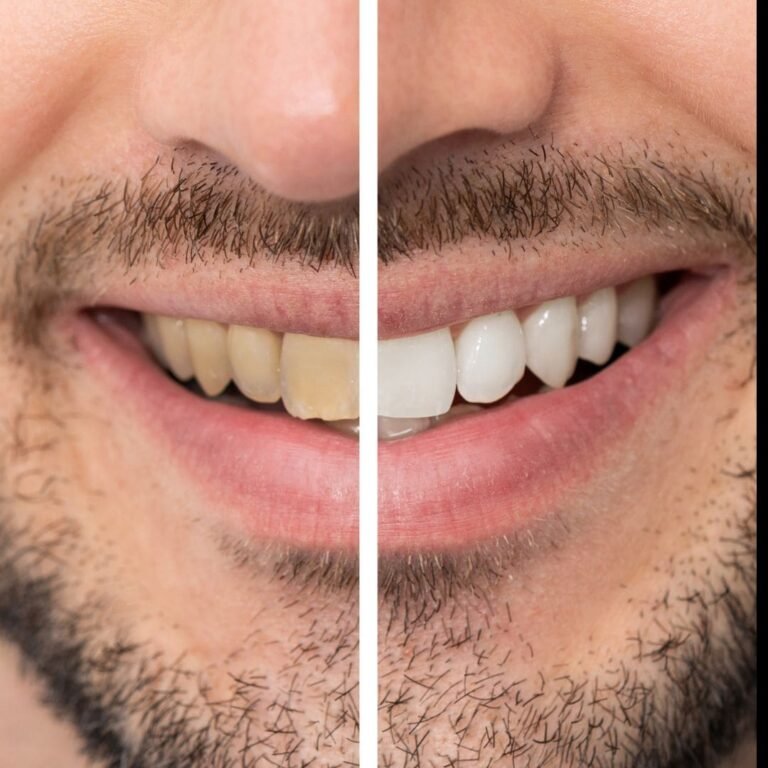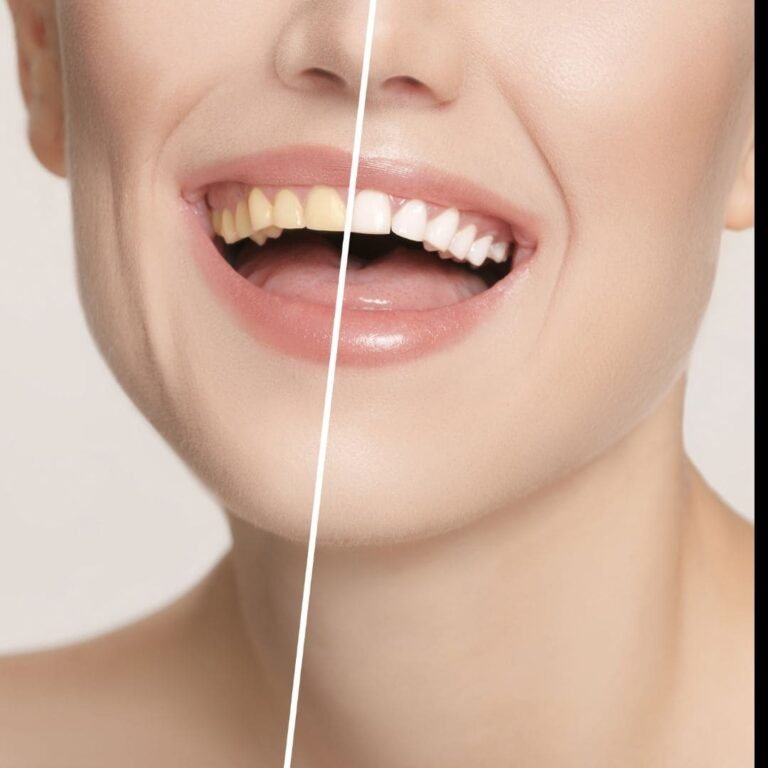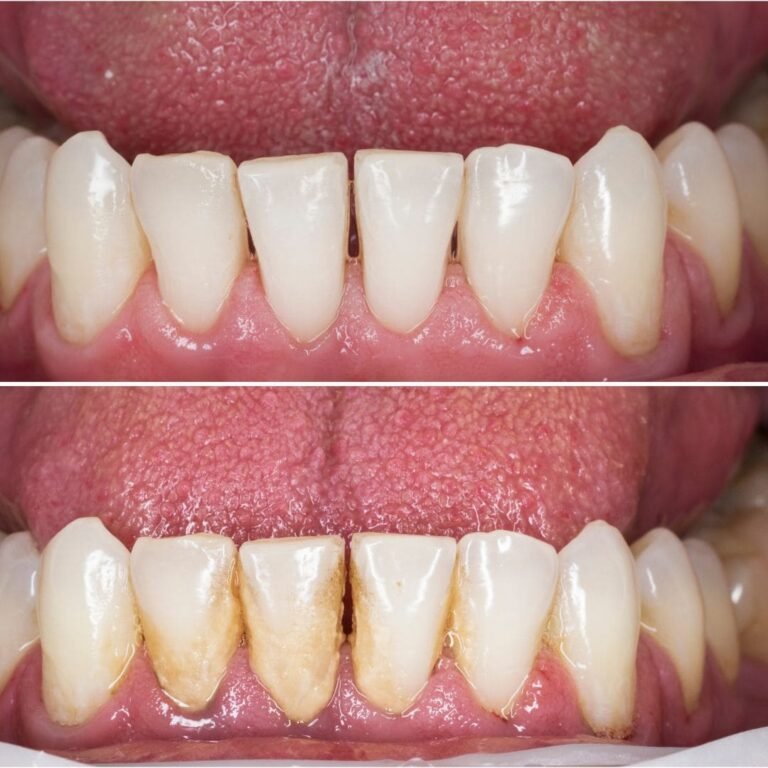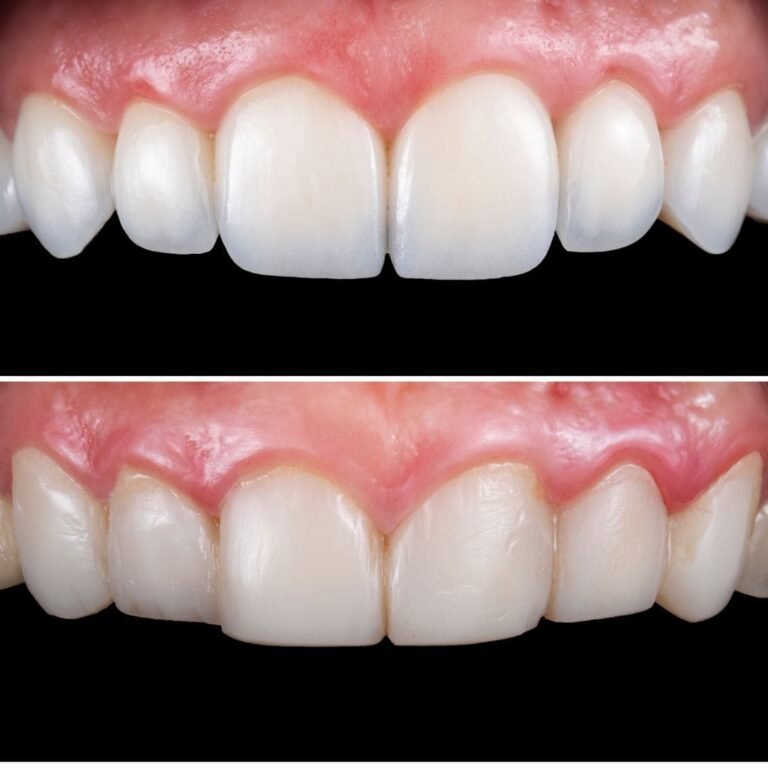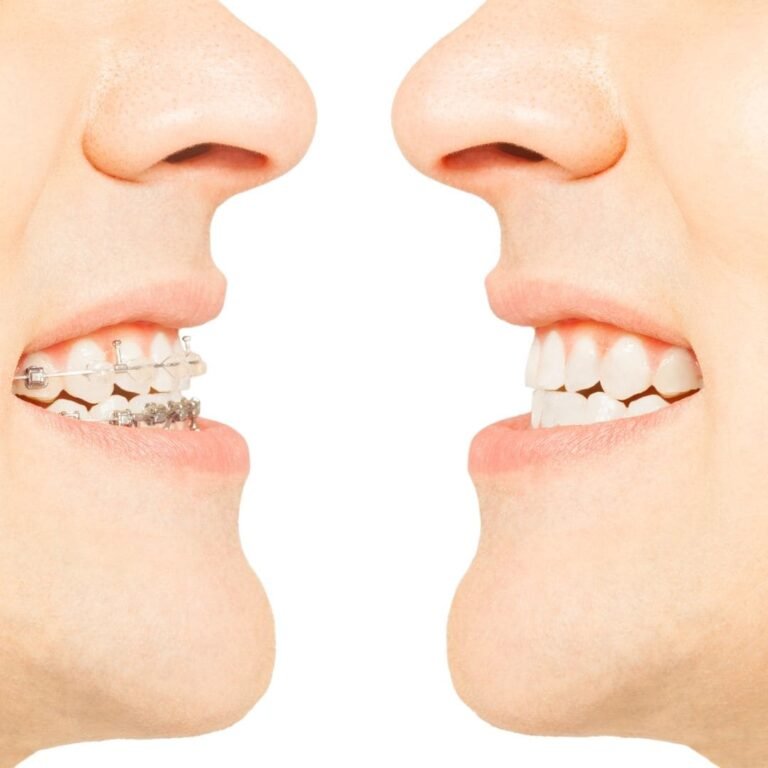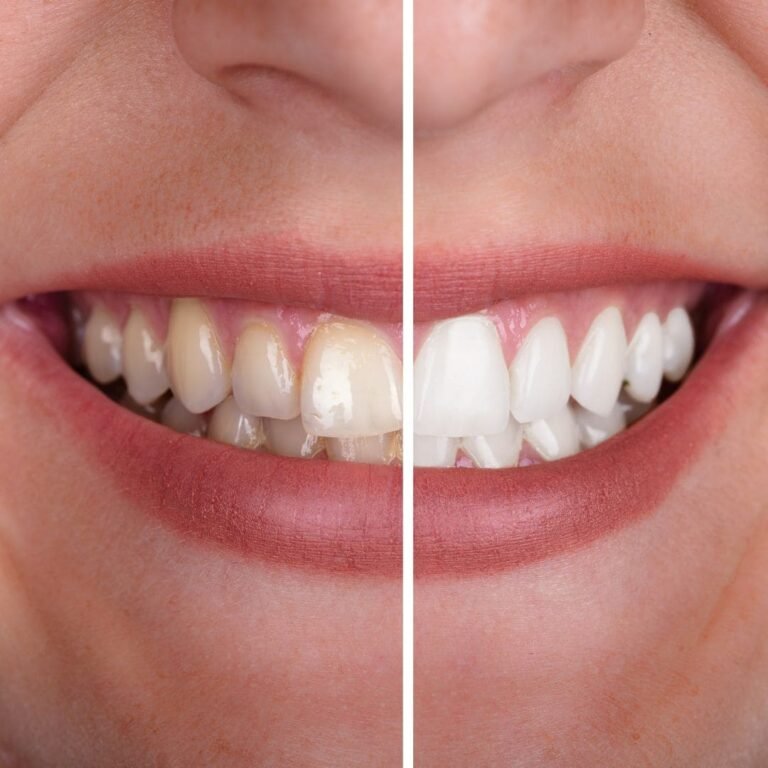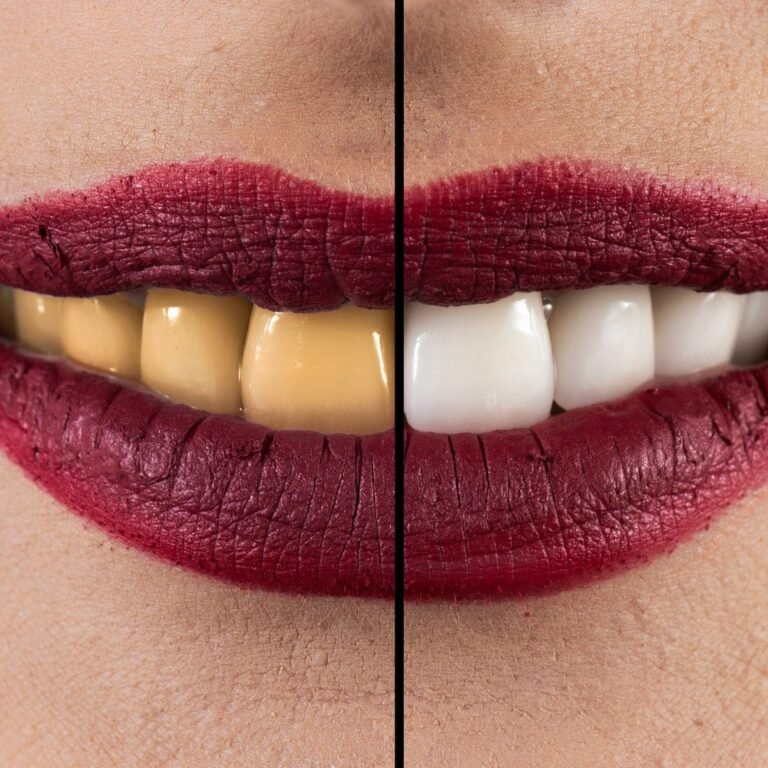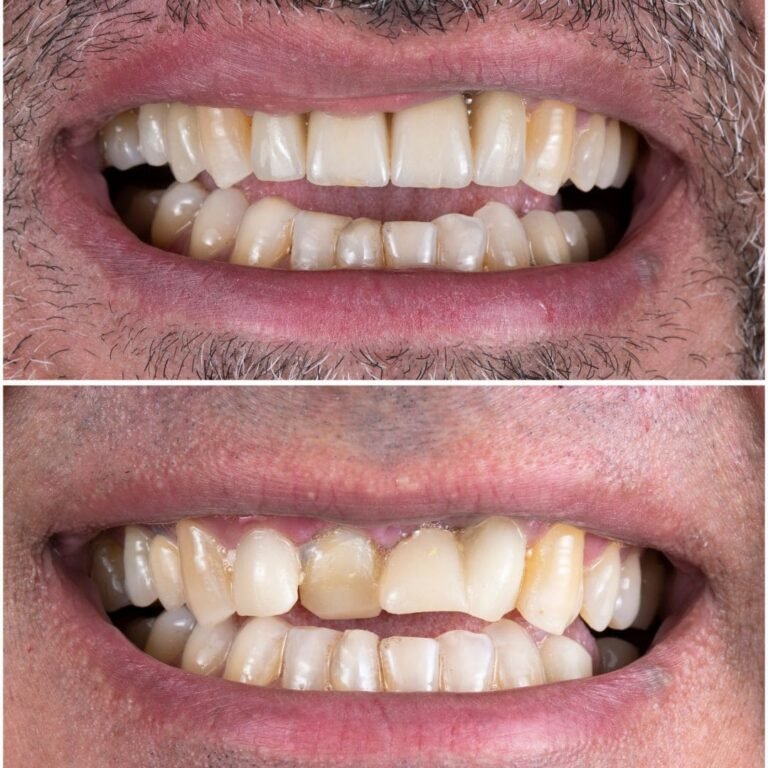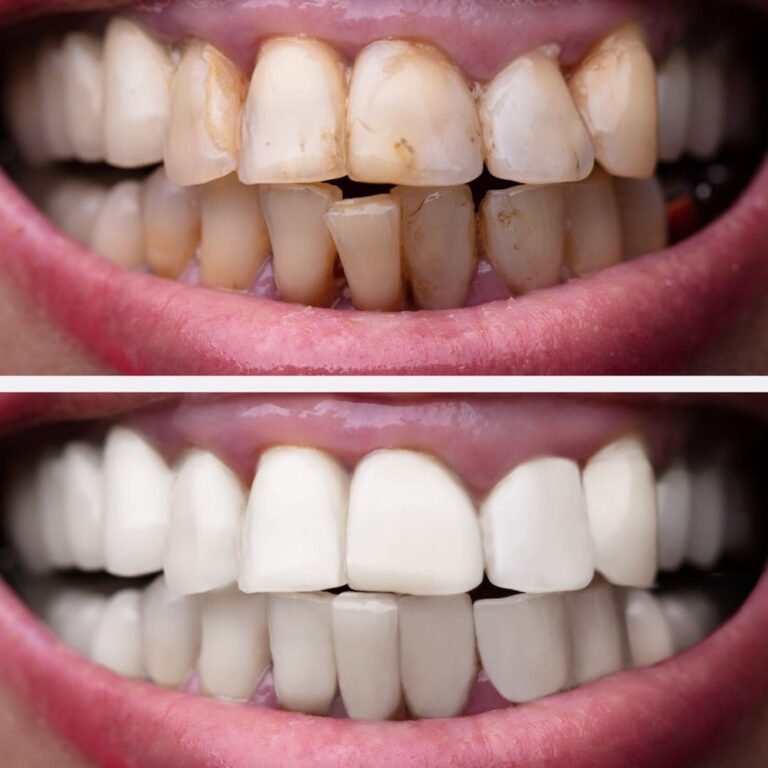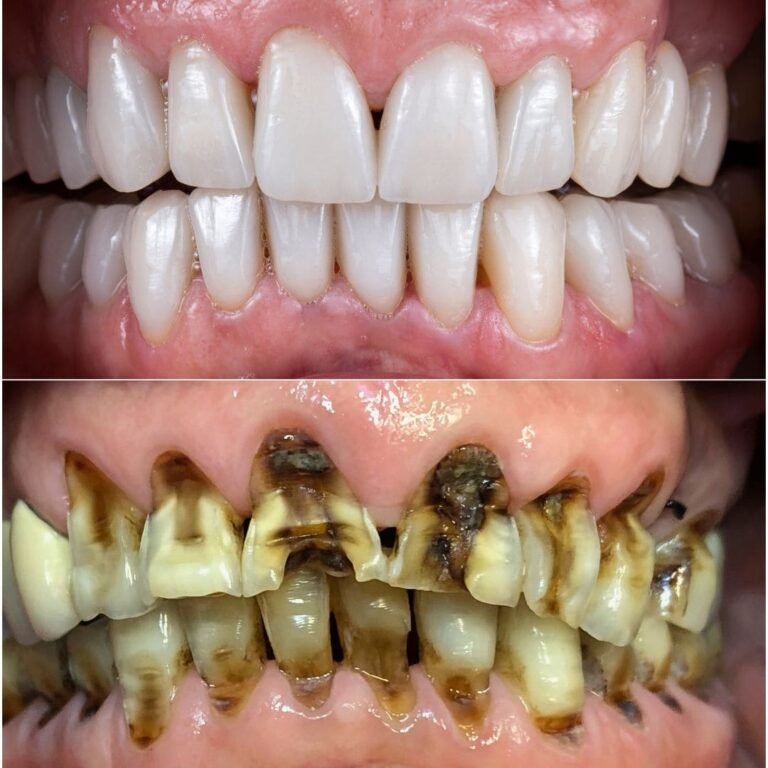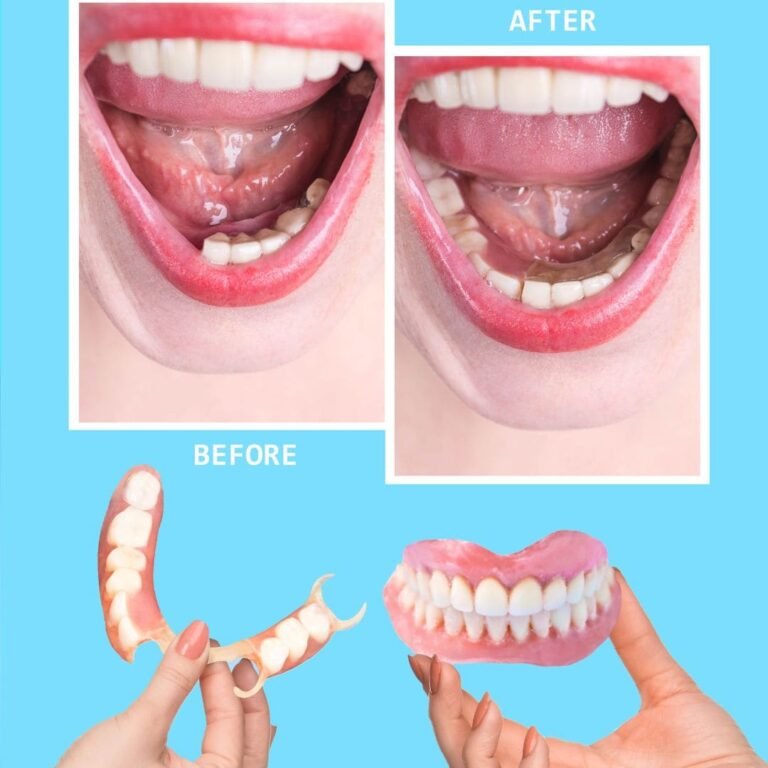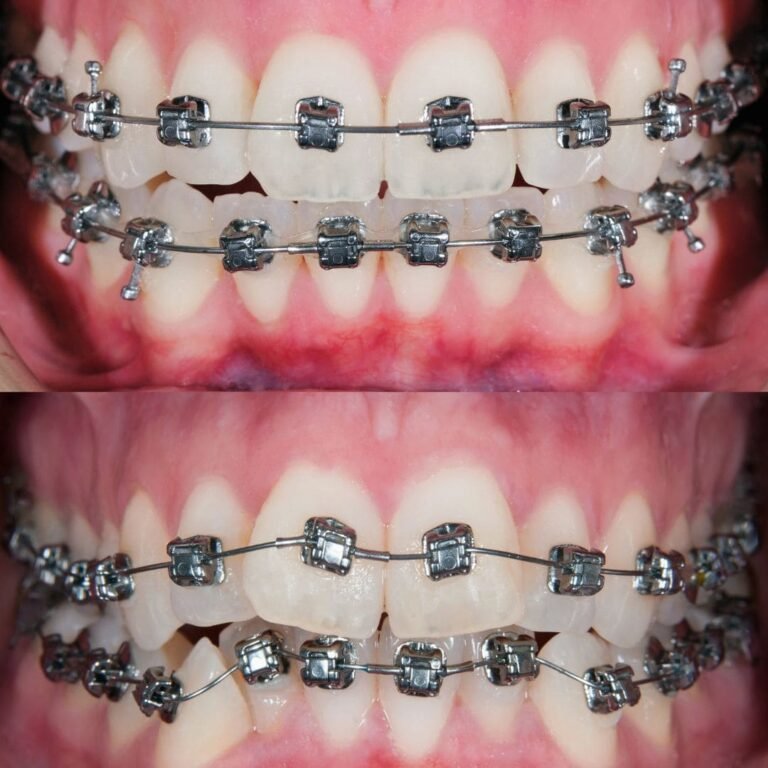Root Canal Treatment in Santa Clarita, CA
Ready for a Healthy Smile? Contact Us Today!
Happy Stories
EXCELLENTTrustindex verifies that the original source of the review is Google. Wonderful Dr and Staff, friendly, and very caring, Dr Charu is so gentle and does a great job! Extremely Satisfied .Posted onTrustindex verifies that the original source of the review is Google. I highly rank Castaic Dental center as the staff is very polite, considerate, and honest. Dr. Aggarwal is amazingly good in the complex root canal procedure and making of crowns. She is deft and you do not feel any pain during and after the procedures. I greatly recommend this dental center to all for any procedure they need.Posted onTrustindex verifies that the original source of the review is Google. i got a cleaning and prep done for my crowns they were very kind staff. they made me feel welcomed. it is a clean place as well. more then happy to be going back and would recommend this place to anyone.Posted onTrustindex verifies that the original source of the review is Google. This office is very friendly. They took care of my problem quickly. I would definitely recommend this officePosted onTrustindex verifies that the original source of the review is Google. Service is great from setting an appointment, follow ups to the actual dental services. Clinical hospitality of staff to the attending dentist is also beyond compare. I feel, I am at home 🏠.Posted onTrustindex verifies that the original source of the review is Google. Polite, competent, never make feel bad about not being on top of my dental work in years past. Let’s me know what is happening as a procedure is underway. A big thank you to this office and its employees.Posted onTrustindex verifies that the original source of the review is Google. The staff is friendly and very helpful and Dr. Charu is wonderful.
Get a Dazzling Smile Now
Call Us Today To
Book An Appointment
Your Oral Health Matters to Us
Faqs about Root Canal Treatment in Santa Clarita, CA
Is Root Canal Very Painful?
No. The dentist gives an injection to make the tooth numb. There is considerable pressure when working, but no discomfort. After the effect goes away the tooth may feel sore for a few days. Normal tablets are enough to control it. The tooth aches a lot because it is infected and root canal removes that pain.
How do I know if I need a root canal?
If the tooth keeps hurting, even when you are not eating, it can mean trouble. If hot or cold things make the pain last, it shows the tooth is in trouble. The tooth might change colour. The gum may get swollen or a small lump can show. A dentist will check with an x ray to be sure.
What should I eat after root canal treatment?
After root canal eat soft food. Curd, rice, dal, soup, mashed potato, eggs are fine. Avoid nuts, candy, or sticky food. Skip very hot drinks. You can eat normally while wearing the crown.
How can i avoid the need for root canal treatment in the future?
Brush daily, morning and night. Avoid eating a lot of sugary food or drinking fizzy drinks. Aim to limit your intake of soda and sweets. Wear a guard if you play sports. Check with the dentist now and then so little problems do not become big ones.
How long does an RCT procedure take?
A root canal can take from half an hour to an hour and a half per visit. One or two visits are enough for most teeth. Back teeth take longer. Front teeth are faster because they have one root. Back teeth have more roots, so they take longer.
Can RCT be done in one sitting?
In certain cases, it can be completed in a single visit. This works if the tooth does not have a big infection or pus, and the root is not too complicated. One visit means you just go once and that’s it. Some teeth may still need two or more visits if the infection is bad or the roots are tricky.
Are crowns always necessary after an RCT?
No, not always. The extent of the tooth’s decay and its location will determine this. Back teeth like molars usually need a crown because they take a lot of chewing force. Front teeth may only need a filling if they are not badly damaged and enough tooth is left.
What is the best type of crowns suggested for root canal treatment?
The kind of crown depends on your tooth and what you want. Front teeth can use all-ceramic or zirconia crowns. They are strong and look natural. Back teeth often need metal or porcelain-fused-to-metal crowns because they are very strong. Porcelain crowns may crack. Composite crowns are not very strong but cost less.
Is root canal treatment covered by insurance?
Many dental insurance plans cover at least part of a root canal, but it depends on your plan. Some plans pay a percentage after your deductible, and others might have limits. The best way is to call your insurance provider and ask how much you’ll need to pay.
What are the success rates of root canal treatment?
Root canal treatment can often keep a tooth functional for many years, though results vary from one tooth to another. Some teeth remain strong with little trouble, while others may need extra care later on. Some teeth respond quickly and stay strong for years, while others might have issues later and need extra attention. The way the tooth was before treatment and the method used by the dentist can change the outcome. Adding a strong filling or crown afterward usually helps keep the tooth healthy.
What are the risks of a root canal?
There are a few things that can happen. The tooth might be sore for a few days. Sometimes an infection can come back. Very rarely, a tool can break inside the tooth. Following the dentist’s instructions after the treatment usually avoids most problems.
Are there cheaper alternatives to RCT?
It really depends on your tooth. Small problems might be treated with a simple filling. Sometimes, a tooth is too damaged to keep and has to be taken out. Afterward, you can think about ways to fill the gap, like getting an implant or a bridge. In certain situations, dentists can try treatments that protect the tooth, such as pulp capping, which may help avoid removal. A dentist can tell you what makes sense for your case.
How to relieve root canal pain while pregnant?
When you’re expecting, it’s important to be cautious with dental pain. Rinsing your mouth with slightly warm salt water can ease discomfort. Placing a cool pack on your cheek may help with swelling. Some use a small amount of clove oil on their hurting tooth to temporarily relieve the discomfort. For pain medicine, acetaminophen is generally considered safe, but always confirm with both your dentist and your OB-GYN before taking anything.
A root canal is a routine treatment we do often here in Santa Clarita, CA. Many people feel nervous about it because they expect pain, but with today’s methods it is usually very manageable. The goal is to clean the infection inside the tooth and save it. It lets you hold on to your own tooth and keeps the infection from moving into the gums or other teeth.
Root canal Treatment Procedure
A root canal is when the dentist takes out the infected or damaged part inside a tooth, called the pulp. This way, the tooth doesn’t have to be removed and can still be kept.
When do you need a root canal?
You might need a root canal in a few different situations:
- Big cavity – when decay eats deep into the tooth and reaches the nerve, causing pain.
- Tooth damage – a crack or break that leaves the inside of the tooth open to germs.
- Gum troubles – long-standing gum disease that starts to weaken the tooth.
- Dark tooth – when a tooth changes colour, it can mean the nerve inside has died.
- Strong sensitivity – pain from hot or cold foods that stays instead of going away quickly.
- Infection signs – swelling, pus, or pressure near a tooth.
- Before a crown – sometimes a root canal is needed first to make the tooth strong enough for a crown.
If a cavity gets deep and hits the nerve, that’s when we usually have to do a root canal. At first the pain can be light, but most of the time it keeps getting worse the longer you wait. Although it may begin mildly, the discomfort normally becomes severe. There are instances when the agony manifests itself. Other times it hits when you have something hot, cold, or when you bite down. If you don’t get it treated, it usually keeps getting worse and harder to deal with.
Cost of Painless Root Canal Treatment in Santa Clarita, CA
A root canal is done with little pain these days. In Santa Clarita, CA, the cost without insurance is usually somewhere between $700 and $2,500. Front teeth usually don’t cost as much. The cost increases for molars because they are more difficult to cure. How much you pay can change based on where the clinic is, how experienced the dentist is, and if your insurance covers part of the treatment.
What Affects the Cost of a Root Canal Treatment in Santa Clarita, CA
The cost of a root canal isn’t the same for everyone. Some cases are straightforward, others take more work.
- When a tooth is badly damaged — With deep decay, pus or a cyst, the dentist has to spend extra time on it, and that usually makes it cost more.
- Strength of the tooth left – A tooth being treated for the first time is usually easier. If it already had a root canal and needs it again, the job is harder and costs more.
- Nature of the treatment – Doing a root canal for the first time is often more straightforward. If a tooth needs treatment again after an earlier root canal, the procedure is harder and usually more expensive.
- Shape of the canals – Some teeth are harder to treat because the canals inside them are twisted, blocked, or there are more of them than usual. Cleaning these out takes extra time and skill, which raises the cost.
- Location of the tooth – Front teeth are simpler to treat, so the cost is usually lower.Molars in the back are harder to clean and take more time, which adds to the price.
Why Choose Castaic Dental Center Root Canal Treatment in Santa Clarita, CA
Root canals can make anyone nervous. At Castaic Dental Center, we try to keep things simple and as comfortable as we can. People from around Santa Clarita, CA choose us because we focus on real care, experience and attention to each person’s needs.
- Skilled Dental Team – We have the expertise to manage both straightforward and complex root canals, making sure every treatment is thorough.
- Care that’s gentle and thoughtful – We plan each step so you’re not in unnecessary pain and the treatment works well.
- Up-to-Date Tools – We rely on modern instruments and imaging methods to ensure precise, safe treatment for every patient.
- Customized Approach – Your treatment is designed specifically for you, with clear explanations at every stage so you feel confident and comfortable.
- Clean and safe environment – Hygiene is important to us. We follow strict safety practices so you can relax while we work.

